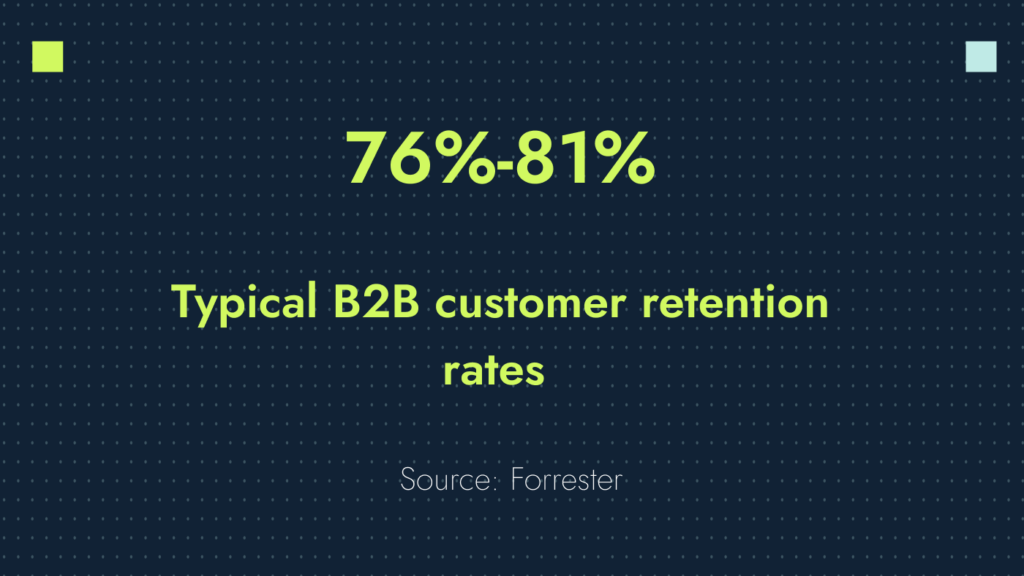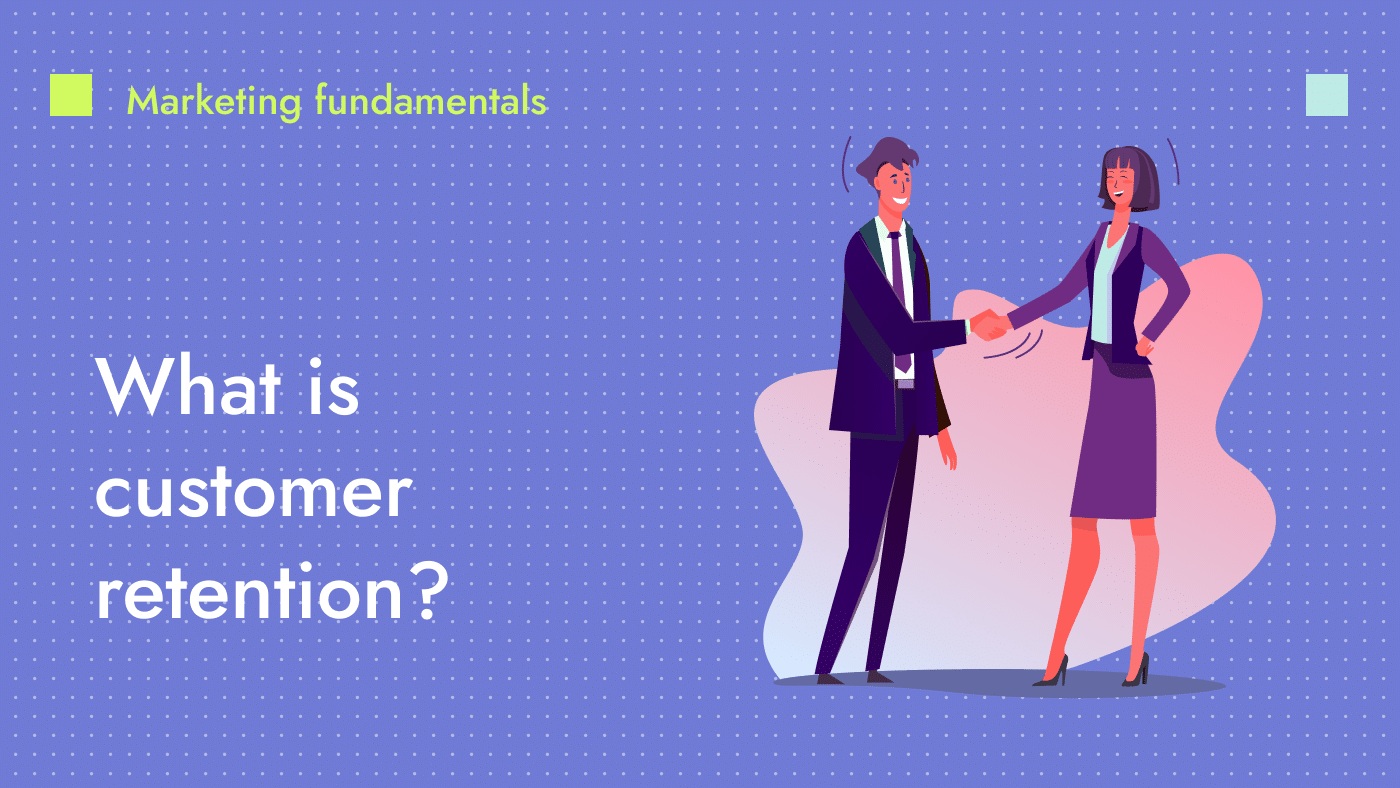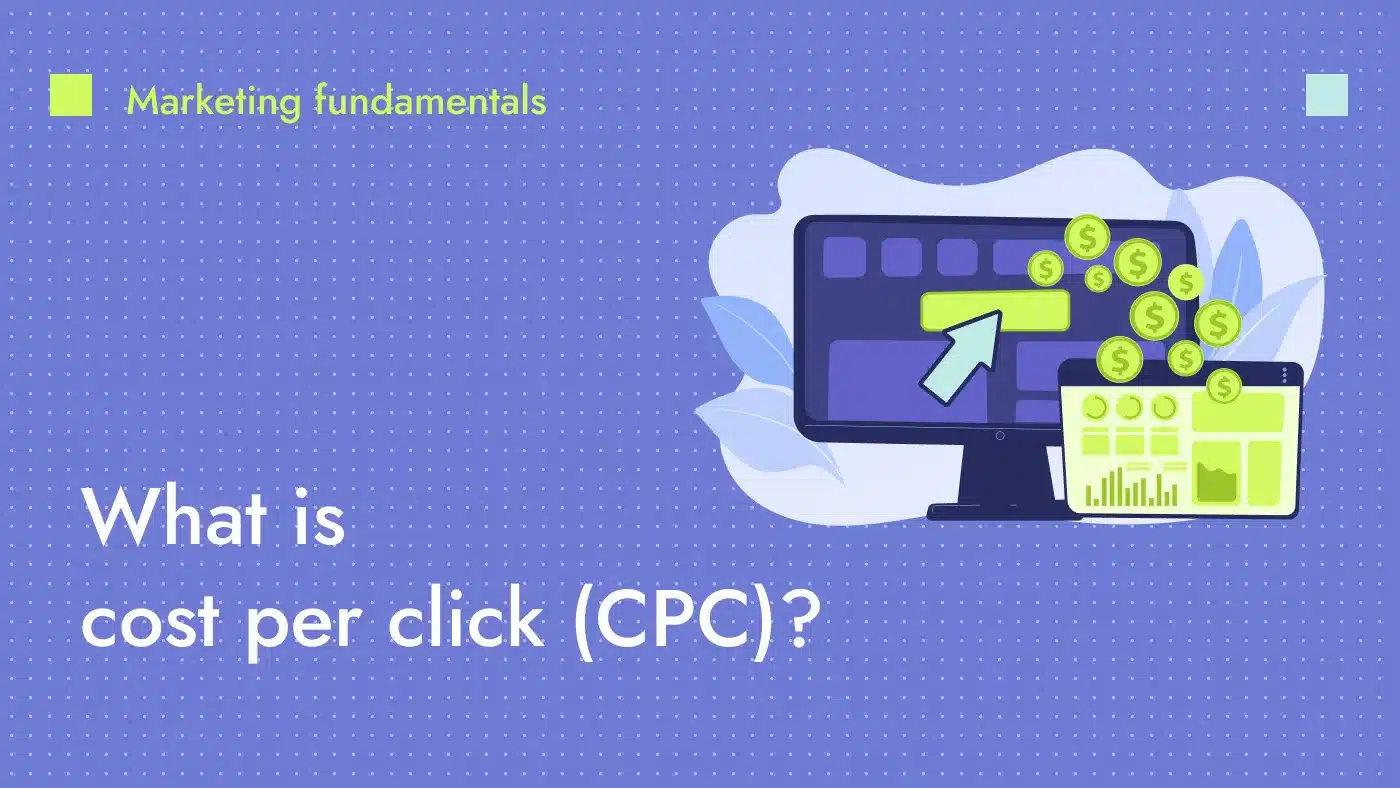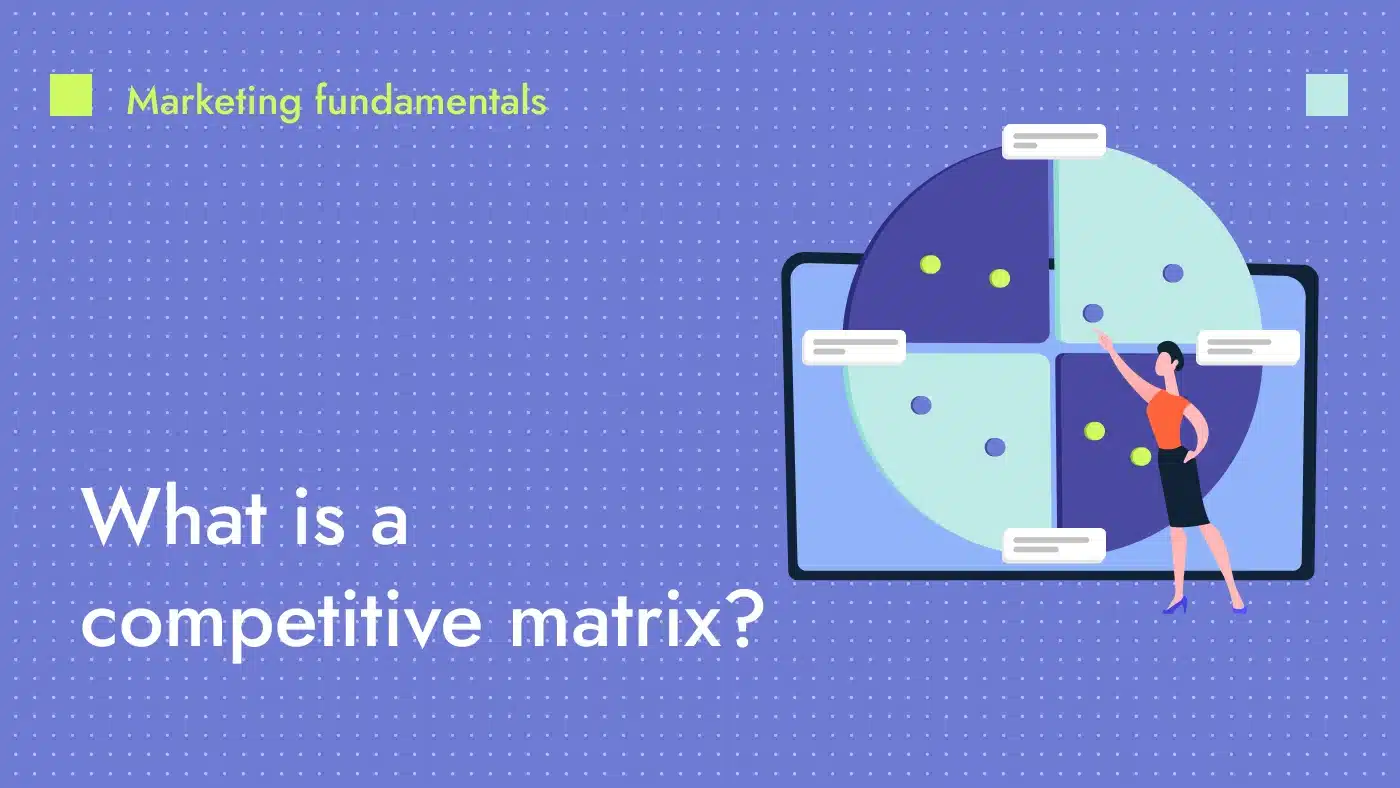Customer retention is the ability of a business to keep its customers over a span of time. It’s all about maintaining a healthy relationship with your customers after their initial purchase.
A high customer retention rate is usually a good indicator of satisfaction, loyalty and overall success of your customer relationship management efforts.
How is customer retention calculated?
Customer retention is calculated by dividing the number of customers retained by the total of customers at the beginning of the period and multiplying by 100. The formula is as follows:

What is a good customer retention rate?
A “good” customer retention rate can greatly vary based on the industry, market conditions and the nature of the business. However, many companies strive for a customer retention rate of 85% or higher.
According to Forrester, the typical B2B retention rate is within the range of 76% to 81%. While having a high customer retention rate is generally desirable, companies should also consider the quality and profitability of the retained customers.

What is the importance of customer retention?
Customer retention is important for the following reasons:
- Cost-effectiveness: Retaining existing customers is typically less expensive than acquiring new ones. According to ProfitWell‘s analysis, the average B2B customer acquisition costs (CAC) increased by roughly 60% in five years. By focusing on retention, you can reduce CAC.
- Profitability: Retained customers often spend more and are more likely to try new products. Loyal customers are more likely to stay with a company, even in the face of competition. The result is an increased lifetime customer value (LCV) — a metric that quantifies the net profit a business can expect to generate over the entire duration of its relationship with a customer.
- Referrals: Happy, loyal customers are more likely to refer others to your business, serving as a valuable source of new customers. Ambassador’s data on their B2B customers showed businesses with referral programs saw a 5x increase in revenue over two years.
- Brand reputation: High customer retention rates project a positive perception of your brand, showing that you provide products or services that customers value and stick with.
👉 Want to keep your business customers engaged? Read our B2B buyer journey guide.
Which role is responsible for tracking customer retention?
The role responsible for tracking customer retention is the customer success manager (CSM). The CSM ensures that customers achieve their desired outcomes and have a positive experience with the product or service.
They work closely with the sales, marketing and product teams to identify customer needs, monitor their behavior and provide timely solutions to any issues. The CSM is also responsible for onboarding new customers, providing training and collecting feedback to improve the product or service.
How to improve customer retention
Improving customer retention in B2B involves strategies to nurture relationships, deliver value and ensure customer satisfaction. Here’s how to start:
- Understand your customer profile and needs through regular communication and check-ins to keep up-to-date with their requirements and goals.
- Deliver excellent customer service in a timely manner and with a proactive approach to problem-solving.
- Build strong relationships by becoming a trusted partner through regular meetings and interactions.
- Focus on customer success by providing support and resources to help clients maximize the benefits of your product or service.
- Implement a customer loyalty program to incentivize repeat business with rewards such as discounts, free upgrades or early access to new products.
- Ask for feedback and act on it to show customers that their opinions are valued and have an impact.
- Train your team in customer service, relationship management and product knowledge to ensure they have the skills to retain customers.
You can also leverage martech tools to boost your customer retention efforts. For example:
- HubSpot offers a customer relationship management (CRM) platform that integrates marketing, sales, customer service and customer feedback. It automates and personalizes marketing campaigns, tracks customer interactions and offers tools for analyzing behavior and engagement. Organizations can leverage those insights to understand what strategies are working to retain customers.
- Zendesk provides various customer service tools for managing customer interactions across multiple channels. Businesses can track customer inquiries, respond promptly to requests and automate routine support tasks. All these capabilities can contribute to higher customer satisfaction and, consequently, better customer retention.
How can Productive Shop help you retain customers?
Productive Shop provides B2B SaaS businesses with growth services, such as market research, thought leadership content writing, lead generation and customer retention strategies. We help tech startups identify the key drivers of demand and retention, bring them to life with personalized digital marketing strategies and measure the impact of these initiatives.
Our team doesn’t just work for you; they work with you, creating a partnership centered around your business goals.
Get in touch to make your success our next project.






